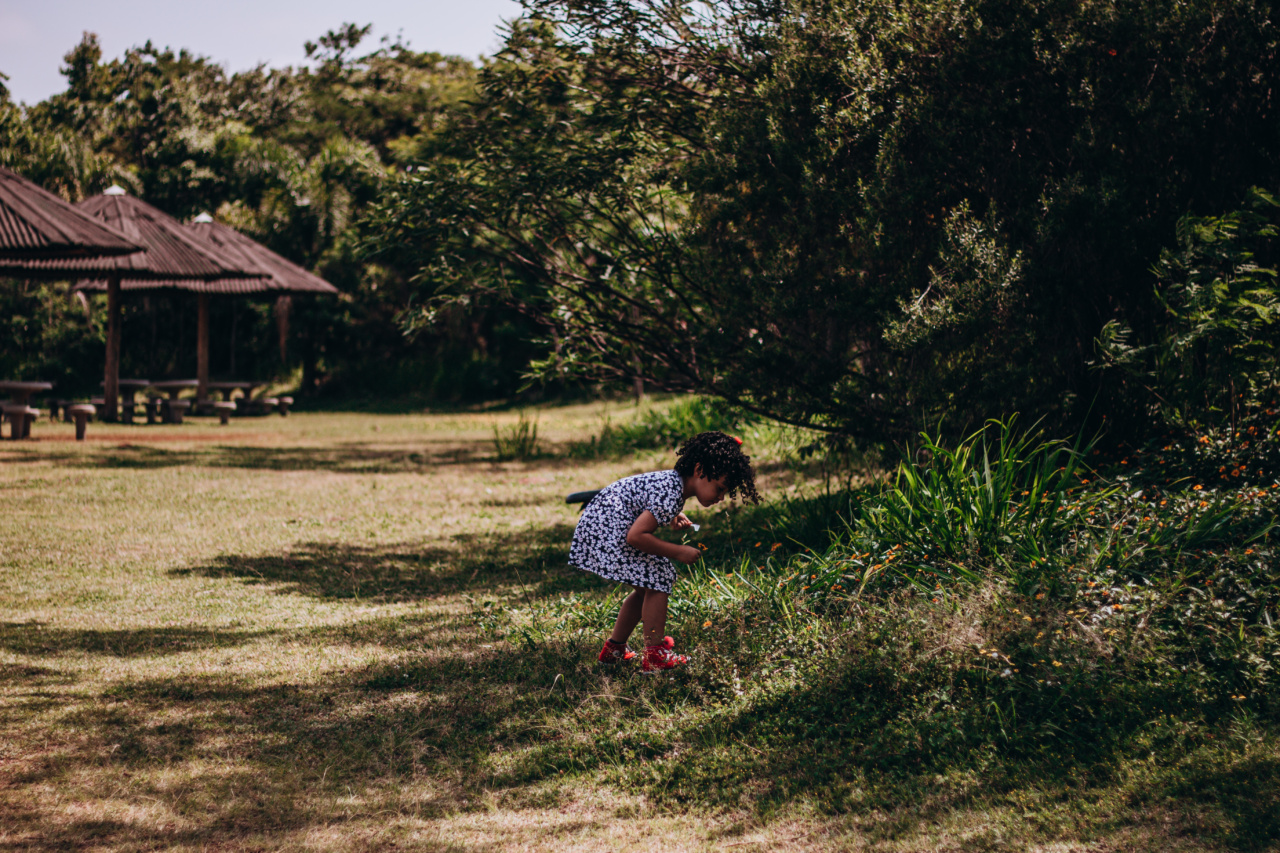Osteoporosis is a disease that affects the bones throughout the body, causing them to become weak and brittle. This can lead to an increased risk of fractures and other bone-related injuries.
While osteoporosis is commonly associated with elderly individuals, it can also impact children and adolescents. Childhood osteoporosis is a rare condition, but it can have serious consequences if not diagnosed and treated promptly.
Overview of Childhood Osteoporosis
Childhood osteoporosis is a condition in which the bones of a child or adolescent thin, weaken, and become more brittle than normal. This is typically due to a deficiency in either calcium or vitamin D, or both.
The condition can be caused by a number of factors, including genetics, hormonal imbalances, and certain medical conditions.
Children and adolescents with osteoporosis are at a higher risk of fractures and other bone-related injuries than their peers.
These injuries can be especially dangerous during growth spurts, as the bones are still developing and may not be able to support the same amount of weight as fully matured bones. As a result, children with osteoporosis may need to avoid certain physical activities that could increase their risk of injury.
Causes of Childhood Osteoporosis
The causes of childhood osteoporosis are varied, but most cases are due to one or more of the following factors:.
Genetics
Some children may be more susceptible to developing osteoporosis due to genetic factors. Certain genetic disorders, such as osteogenesis imperfecta and Marfan syndrome, can increase the risk of bone loss and fracture.
Hormonal Imbalances
Hormonal imbalances can also play a role in the development of childhood osteoporosis.
This is particularly true in cases where a child’s body produces too much or too little of certain hormones, such as thyroid hormones, parathyroid hormone, or growth hormone.
Nutritional Deficiencies
A lack of calcium and vitamin D in a child’s diet can also contribute to the development of osteoporosis. Both of these nutrients are essential for strong, healthy bones, and a deficiency in either can lead to a decrease in bone density.
Medical Conditions
Some medical conditions can increase the risk of osteoporosis in children and adolescents. These conditions include inflammatory bowel disease, celiac disease, and cancer, as well as certain medications used to treat these conditions.
Symptoms of Childhood Osteoporosis
The symptoms of childhood osteoporosis can vary, but may include:.
- Pain in the bones and joints
- Difficulty walking or standing
- Frequent fractures or broken bones
- Scoliosis or other spinal deformities
- Tooth decay or loss
- Delayed growth and development
- Muscle weakness
If your child is experiencing any of these symptoms, it’s important to consult with a healthcare provider as soon as possible.
Diagnosis of Childhood Osteoporosis
Diagnosing childhood osteoporosis can be challenging, as the condition is relatively rare and can be difficult to spot in its early stages.
However, there are a number of tests and exams that can help healthcare providers determine if a child has osteoporosis or is at risk of developing it.
The most common tests used to diagnose osteoporosis in children and adolescents include:.
- Bone density tests, such as a dual-energy x-ray absorptiometry (DXA) scan or quantitative ultrasound (QUS)
- Blood tests to check for calcium, vitamin D, and other nutrient deficiencies
- X-rays or other imaging tests to look for signs of bone loss or fractures
If your child is diagnosed with osteoporosis, your healthcare provider will likely recommend a comprehensive treatment plan to help manage the condition and prevent further bone loss.
Treatment of Childhood Osteoporosis
The goal of treatment for childhood osteoporosis is to prevent further bone loss and improve bone density. This can be achieved through a number of different strategies, including:.
Dietary Changes
Children with osteoporosis may benefit from increasing their intake of calcium and vitamin D, either through diet or supplements. Foods that are rich in calcium and vitamin D include dairy products, leafy greens, and fortified cereals and juices.
Weight-Bearing Exercise
Weight-bearing exercise, such as walking or running, can help improve bone density in children with osteoporosis.
However, it’s important to work with a healthcare provider or physical therapist to develop a safe exercise program that won’t increase the risk of injury.
Medications
In some cases, medications may be prescribed to help manage the symptoms of childhood osteoporosis.
These may include bisphosphonates, which help prevent further bone loss, or hormone therapies, which can help regulate hormones that impact bone density.
It’s important to work closely with a healthcare provider to develop a comprehensive treatment plan for childhood osteoporosis.
With proper care and management, most children with the condition can lead active, healthy lives with a reduced risk of fractures and other bone-related injuries.
Prevention of Childhood Osteoporosis
While not all cases of childhood osteoporosis can be prevented, there are several steps that parents and caregivers can take to help reduce the risk of the condition:.
- Encourage a healthy diet that includes plenty of calcium and vitamin D-rich foods
- Encourage regular physical activity, with a focus on weight-bearing exercises
- Limit screen time and encourage outdoor play to promote vitamin D production through exposure to sunlight
If you have a family history of osteoporosis or other bone-related conditions, it’s important to talk to your healthcare provider about your child’s risk and what steps you can take to promote bone health.































